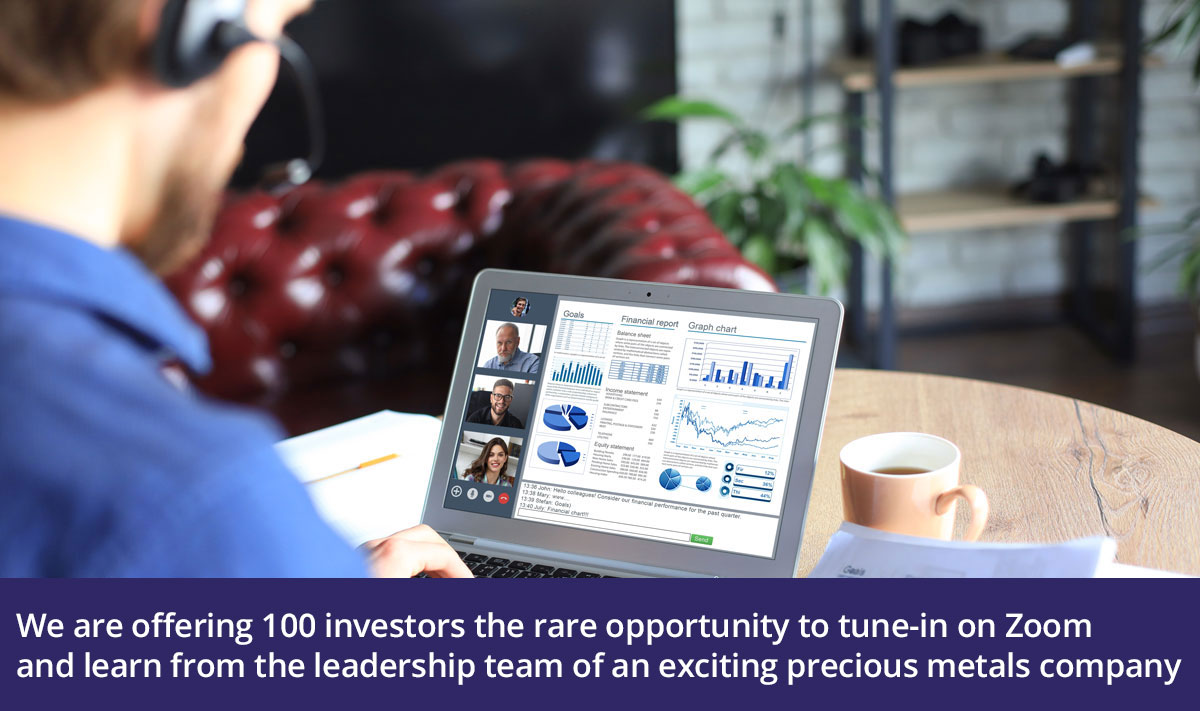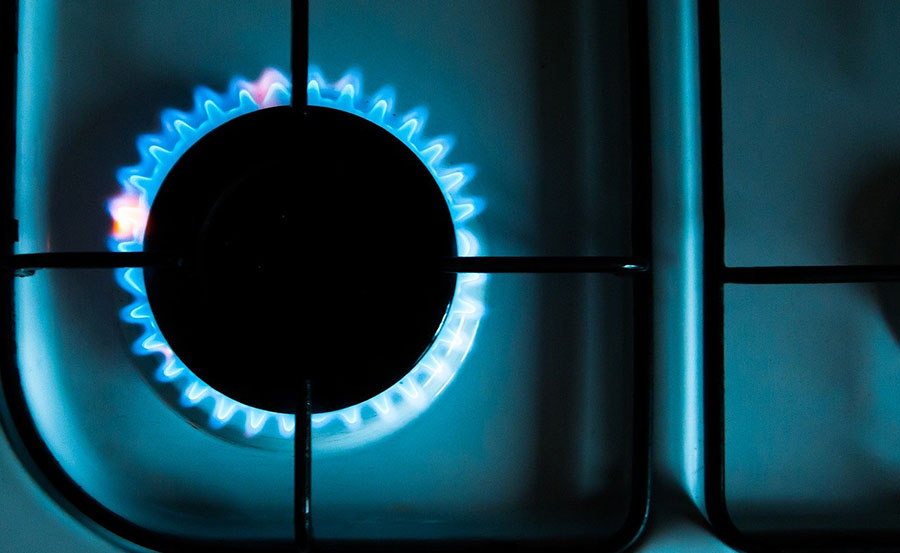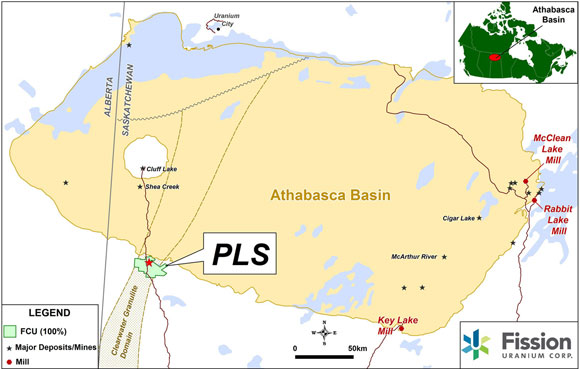The Energy Report: Bruno, since Global X Funds brought its first exchange-traded fund (ETF) to market in 2009, you have added another 30, the latest being the Global X MLP ETF (MLPA:NYSE). What is the appetite among investors for ETFs, and specifically those featuring master limited partnerships (MLPs)?
Bruno del Ama: Investors continue to migrate to the ETF asset class, and we are big fans of energy MLPs. Energy transportation is an infrastructure play with a couple of benefits. First, it provides significant diversification to complement investors' portfolios; second, it provides income in a low-interest rate environment.
ETFs are an innovation in the MLP asset class. We at Global X focus on asset classes where we are the first provider of a particular ETF. In our last interview, for example, we talked about our uranium ETF, which provides focused exposure to that market in a way that did not exist before. Innovation is in our DNA.
In the energy MLP space, we saw that the expenses from existing MLP investment vehicles were pretty high. For a fund comprised exclusively of U.S. exposure, notwithstanding the tax complexities with MLPs, there is really no reason for a product to be priced at 0.85%, or even higher in the case of mutual funds and closed-end funds. We saw an opportunity to bring a product to market at a much lower cost base than the existing products. We are by far the lowest-cost investment product in the MLP marketplace, at 0.45%, compared to an average of 0.85% for other MLP ETFs or exchange-traded notes (ETNs).
TER: That is lower than some of Global X's other ETFs. Is that profitable?
BD: We only need a certain scale of assets, not a lot of assets, for the fund to be profitable. MLPs are all U.S.-listed securities and the fund operating expenses are much lower compared to our international and global funds. We provide cost effectiveness to investors on a product where we can make a reasonable margin. We realized we could offer this exposure at a much lower cost, so we did. By having expense ratios that may be 40 basis points less than the average expense ratios of other MLP ETNs and ETFs, we have more money to distribute to investors, resulting in a higher dividend yield.
TER: Why does your MLP ETF track the Solactive MLP Composite Index instead of the Alerian Index or the equal-weighted Cushing 30 MLP Index?
BD: In our opinion, the Solactive MLP Composite Index is better constructed for several reasons. First, it has 30 components, not 25, as in the Alerian MLP Index. This gives Solactive more diversity, consistent with Cushing.
Secondly, Solactive is market-cap weighted, with certain limits that ensure the concentration in the fund's top holdings is much lower than the concentration you would find in the Alerian MLP Index. There, the top 10 components represent 66% of the fund. In our case, the top 10 components represent about 50% of the fund.
TER: By my count, there are at least seven or eight other MLP ETFs, including the Yorkville High-Income MLP ETF (YMLP:NYSE) and the Alerian MLP ETF (AMLP:NYSE). How does the Global X MLP ETF differ?
BD: The Yorkville High-Income MLP ETF focuses on the companies that pay the highest yield. That is a different type of exposure. The Alerian MLP ETF is a little more concentrated, but otherwise quite similar and highly correlated to our MLP ETF; the main difference really is the much lower management fee.
TER: Why should investors choose your fund instead of investing directly in MLPs?
BD: To gain broad, diversified exposure, an investor would need to invest in more than one MLP. But here's the thing: The MLP itself does not pay corporate taxes; investors receive a K-1 report and pay the taxes themselves. So if an investor invests in 25 or 30 individual MLPs, he would have to incorporate all of those 25 or 30 K-1s into his or her individual tax return. That can get complex and expensive. Investors on an MLP ETF would receive a simple 1099 and avoid K-1s, but on the other hand, would be subject to corporate taxes for capital gains inside the ETF. Both options—direct investment and MLP ETFs—are attractive, depending on the investor particulars and preferences.
TER: Under U.S. federal tax law, a regulated investment company cannot have more than 25% of its portfolio in MLPs. To be structured as an ETF, some MLP ETFs must select C-corporation status. Because an MLP ETF under that designation is taxed as a regular corporation, it will collect a deferred tax liability if the underlying securities appreciate, which usually happens. Is this the case for MLPA?
BD: Correct, investors need to be aware that when investing in MLP ETFs, mutual funds and closed-end funds, including MLPA, the funds will be paying capital gains taxes.
Investors that want diversified access to MLPs have a number of choices. For taxable accounts, investors can buy a basket of individual MLPs and receive the K-1s and incorporate them in their tax return filings. Alternatively, investors can buy an MLP mutual fund or ETF that will do all the K-1 work on their behalf, so investors receive a 1099 instead of multiple K-1s, but the fund will be subject to capital gains taxes.
Or investors could buy an MLP ETN, which would avoid K-1s and capital gains taxes. However, ETNs have a couple of important drawbacks. First, it subjects investors to the risk of the ETN issuer, as the assets of the investors are not segregated and they are instead exposed to a promissory note from the bank issuing the ETN. Second, after-tax returns could be lower for ETNs than ETFs, depending on the composition of returns and the tax brackets of investors. This is because payments from an ETN are equivalent to interest payments from a fixed-income instrument because they are structured as notes. And one of the big drivers of returns for MLPs is the income they generate. So if your effective tax rate is higher than the dividend tax rate, as is typically the case, you will pay higher taxes on income distributions from an ETN versus an ETF.
For qualified accounts, such as 401(k)s and IRAs, you cannot get direct access to MLPs. The MLP ETF structure allows qualified accounts to invest and get access to the MLP asset class. So this is an important consideration for investors.
So in summary, investors have a number of options to invest in MLPs, all of which have pros and cons depending on the specifics and preferences of each investor.
TER: Basically, investing in an MLP ETF simplifies the tax structure, but investors lose some of the tax advantages inherent to MLPs.
BD: That is exactly right for a taxable account. For a qualified account, for example a 401(k), that is not the case. A qualified plan that invests directly in MLPs would be subject to unrelated business income tax (UBIT). This is because both MLPs and qualified plans get beneficial tax treatment and the IRS wants to ensure that taxes are paid at some level. One of the benefits of MLP ETFs is that they act as tax blockers for MLPs and therefore make them eligible for 401(k) and IRA plans.
TER: MLPA offers a quarterly dividend. Do you have an idea what the percentage will be in the next quarter?
BD: If you look at the underlying components and the index, it is very comparable to the Alerian Index or the Cushing Index, although you save 40 basis points in expenses. That gives you a sense of what the payment will be versus these other products. The current distribution yield for MLPA is 6.35% and the 30-day SEC yield is 6.08%.
TER: The Solactive Composite Index that MLPA tracks is comprised of 30 MLPs engaged in the transportation, storage, processing, refining, marketing, exploration, production and mining of natural resources. What are some of the MLPs that investors would own indirectly if they bought your fund?
BD: The largest components of the Global X MLP ETF are Magellan Midstream Partners L.P. (MMP:NYSE), Plains All American Pipeline L.P. (PAA:NYSE), ONEOK Partners L.P. (OKS:NYSE), El Paso Pipeline Partners L.P. (EPB:NYSE), Kinder Morgan Energy Partners L.P. (KMP:NYSE), Enbridge Energy Partners L.P. (EEP:NYSE), Energy Transfer Partners L.P. (ETP:NYSE), Williams Partners L.P. (WPZ:NYSE) and MarkWest Energy Partners L.P. (MWE:NYSE.MKT).
TER: Which are offering the best yield now?
BD: The top two yielding MLPs in MLPA are Inergy L.P. (NRGY:NYSE), yielding 10.54% and Natural Resource Partners L.P. (NRP:NYSE), yielding 9.89%.
TER: About 80% of your Top 10 is involved in the transportation of natural resources. Why that particular sector?
BD: Most of the market capitalization of the MLP universe is in the midstream sector, or infrastructure used for energy transportation. The transportation sector has a number of benefits for investors. As long as the natural gas or the oil is flowing through those pipelines, you charge a toll no matter what. These infrastructure, toll-type investments tend to have low correlations to the general economy and the equity markets. They are nice diversifiers in portfolios.
Most of the fund's remaining exposure is in upstream exploration-type operations or downstream refining operations. We see a lot of the growth in upstream exploration, particularly with the continued surge of natural gas exploration in North America.
TER: What other energy ETFs does Global X have in store for investors?
BD: We filed for a junior MLP ETF that would focus on the small-cap segment, where we see significant value.
While some of the money that has come into MLP ETFs and ETNs has increased the valuations of MLPs in general, that has been less of a factor in the junior MLP space. That is an area where we see, from both a valuation and a growth perspective, significant upside related to the energy renaissance that's taking hold in the U.S., particularly with natural gas discoveries and new technology. We are very excited about that new fund and we expect to bring it to market soon.
TER: How long does it typically take from the time you file to the time you launch a new fund?
BD: From filing until the prospectus becomes effective with the SEC typically takes two-and-a-half months. We filed a month or so ago, so we are probably a couple of months away from that product being effective. We cannot comment on an exact date, but that gives you a sense of the typical product launch timeframe.
TER: Are you working on other ETFs?
BD: There is the Global X Uranium ETF (URA:NYSE) and the Global X Lithium ETF (LIT:NYSE.MKT), which is a component of energy because lithium is a critical component of the most advanced battery technology. Our lithium ETF includes the largest lithium-ion battery manufacturers. It has seen significant growth with the increase of remote connectivity with iPhones, iPads and laptops. Growth in the electric vehicle or hybrid vehicle space could also drive growth in that fund.
TER: Have any of your funds stopped trading?
BD: We liquidated a few funds because of lack of interest in the marketplace. We are focused on the long-term prospects of our ETFs and on our clients' needs. We want to build the business organically and continue to deliver value to our investors.
TER: Bruno, thank you for your time.
Bruno del Ama is the co-founder and chief executive officer of Global X Funds, a New York-based provider of exchange-traded funds that facilitates access to investment opportunities across global markets. Founded in 2008, Global X Funds has been ranked by BlackRock as the fastest-growing ETF company in the world in 2010 and received awards as the most innovative ETF provider by its peers in both North America and Europe. Before co-founding the firm, del Ama served as head of operations in the structured products business at Radian Asset Assurance. Prior to that, he was a senior consultant at Oliver Wyman advising leading financial services firms in a range of strategy matters. He earned his Master of Business Administration from the Wharton School of the University of Pennsylvania and is a CFA charter holder.
Want to read more exclusive Energy Report interviews like this? Sign up for our free e-newsletter, and you'll learn when new articles have been published. To see a list of recent interviews with industry analysts and commentators, visit our Exclusive Interviews page.
DISCLOSURE:
1) Brian Sylvester of The Energy Report conducted this interview. He personally and/or his family own shares of the following companies mentioned in this interview: None.
2) The following companies mentioned in the interview are sponsors of The Energy Report: Energy Transfer Partner L.P. Interviews are edited for clarity.
3) Bruno del Ama: I personally and/or my family own shares of the following companies mentioned in this interview: None. I personally and/or my family am paid by the following companies mentioned in this interview: Global X MLP ETF, Global X Uranium ETF, Global X Lithium ETF. I was not paid by Streetwise Reports for participating in this interview.




























































